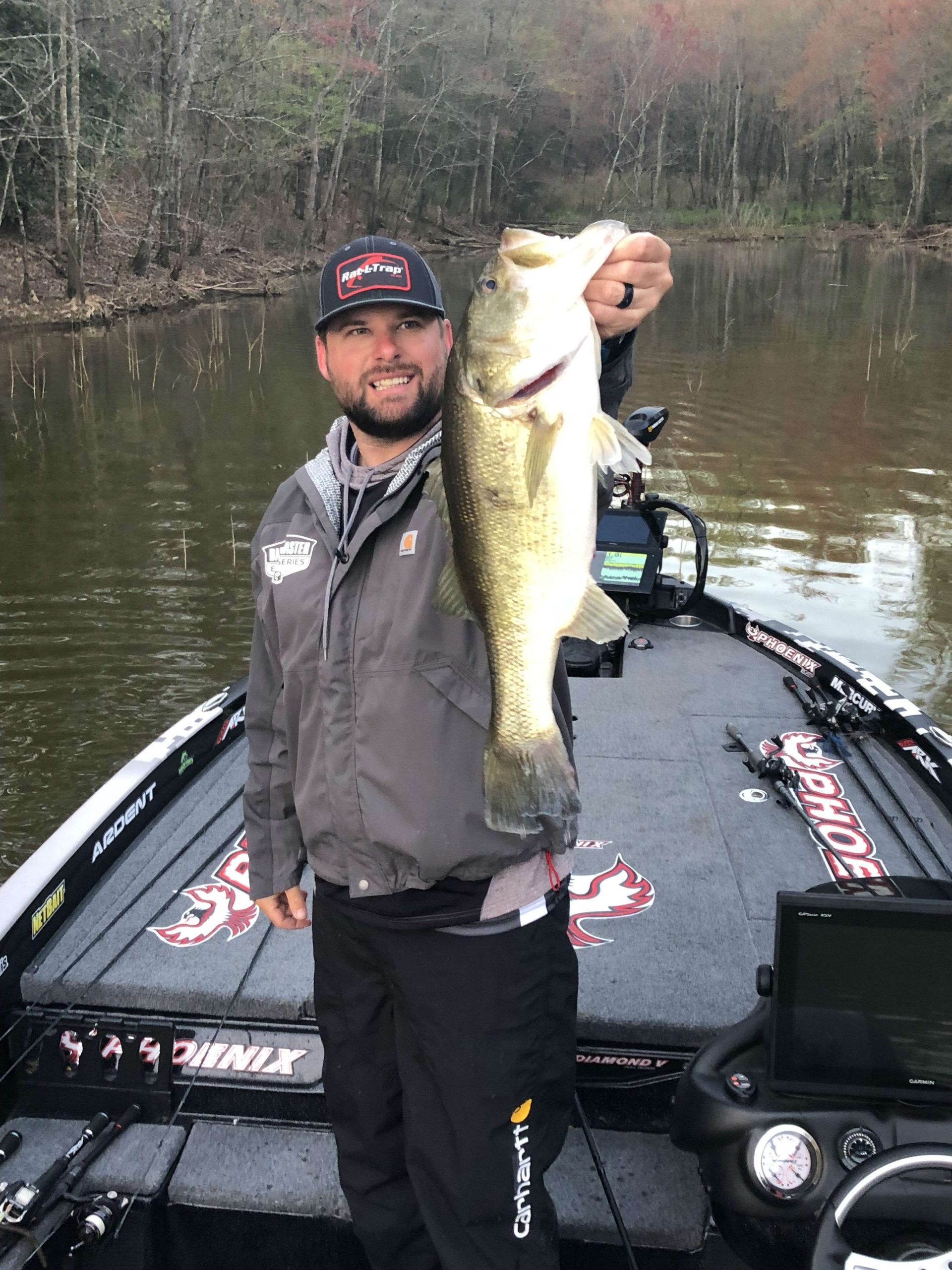
I’ll be honest, I love fishing up north, and three of the remaining events on the Bassmaster Elite Series schedule will be a lot of fun for me. We have two in a row this month on the St. Lawrence River and Cayuga Lake, and then we’ll have the Toyota Bassmaster Angler of the Year Championship on Lake St. Clair in September.
Starting with the St Lawrence River: This is one of the nation’s best smallmouth bass fisheries and there are so many ways to catch them. You can catch smallmouth on dropshots, tubes, Ned rigs, jerkbaits, crankbaits and Carolina rigs.
This is a great opportunity to catch them the way you’re comfortable, but regardless of what you use, fishing for big smallmouth is a thrill. When you’re fighting a fish for three or four minutes and they’re constantly stripping drag, it makes you feel like a kid again.
For a southerner who doesn’t get to fish for smallmouth every day, I tell everyone that you have to fish for smallmouth on the St. Lawrence at least once to see how awesome it is.
It’s also a different type of fishing. Pickwick Lake is known to have 20- to 25-pound bags of smallmouth, but it’s all shallow fishing, while in the St. Lawrence you could be fishing in 18-40 feet of water.
Something that gets overlooked on the St. Lawrence is the phenomenal largemouth fishery. The largemouth weights are nowhere close to those of the smallmouth, but I remember the first time I went up there, I was getting 40 to 60 largemouth bites a day in practice.
Speaking of largemouth, that’s the main focus on Cayuga. To me, this is the most unique of all the finger lakes. It’s so deep in the middle — 250 to 300 feet — that it takes the water a long time to warm up. That affects both the timing of the spawn and the grass growth, so you have to keep this in mind.
I’ve learned that you have to target the Cayuga fish differently than southern largemouth. Both ends of the lake are covered with grass, but it’s thin, stringy grass, and it’s not just on the bank, it can extend much deeper — out in 18 to 20 feet.
Now when I think about St. Clair, this lake is its own beast. What’s unique is that there are hardly any contour lines. A point on this lake can be a mile wide and there may only be a foot of depth difference. This is a place where you have to go fish and find them because you’re not often going to graph them.
With those rock piles and sunken ships, someone had to show someone where they’re at because there’s no way you can go idle that big lake and find all that stuff. But, like the St. Lawrence, every time you set the hook, it can be a 5- or 6-pound smallmouth.
I recently spent two weeks up north and fished the St. Lawrence, Oneida, Cayuga and Champlain. One reason I enjoyed that trip was that during the summertime in Mississippi, you burn up fishing 100-degree days to get five or six bites.
So, I used this trip as a vacation, but also as practice time to become more familiar with the fisheries. This strategy benefited me in 2017 when I had two second-place finishes on the St. Lawrence and St. Clair.
There’s no question, the northern swing is definitely a time in the season where you can make up some ground really quick. Two years ago, I moved up nearly 40 points in the last three tournaments, and they were all up north.
It can make you or break you, for sure. That’s why going up north is one of my favorite things.
I’ve put in my time to make sure I can hang with the guys who live up there. It’s paid off for me in the past; hopefully, it will pay off for me again this year.

